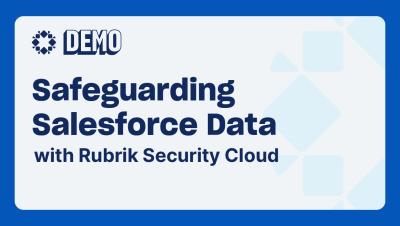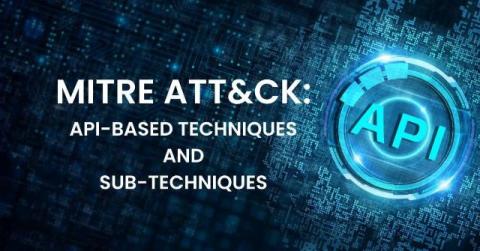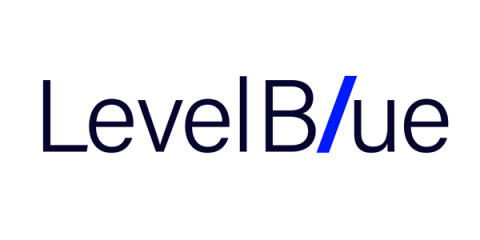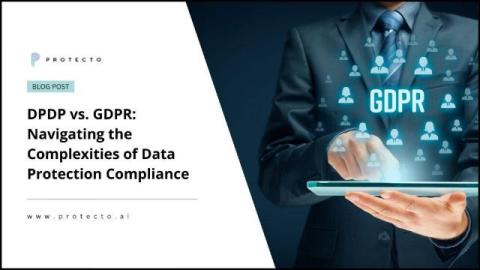CISOs at the forefront of DevOps Security - top 10 data protection traps
Shared Responsibility Models, NIS2, DORA, or SOC 2 & ISO audits, accidental deletions, and the evolving threat landscape in SaaS apps confirms that DevOps Security becomes a priority. CISOs and DevOps teams need to meet halfway to secure data processed across GitHub, GitLab, and Atlassian, without compromising agility and efficiency. However, finding this middle ground is not an easy task.











